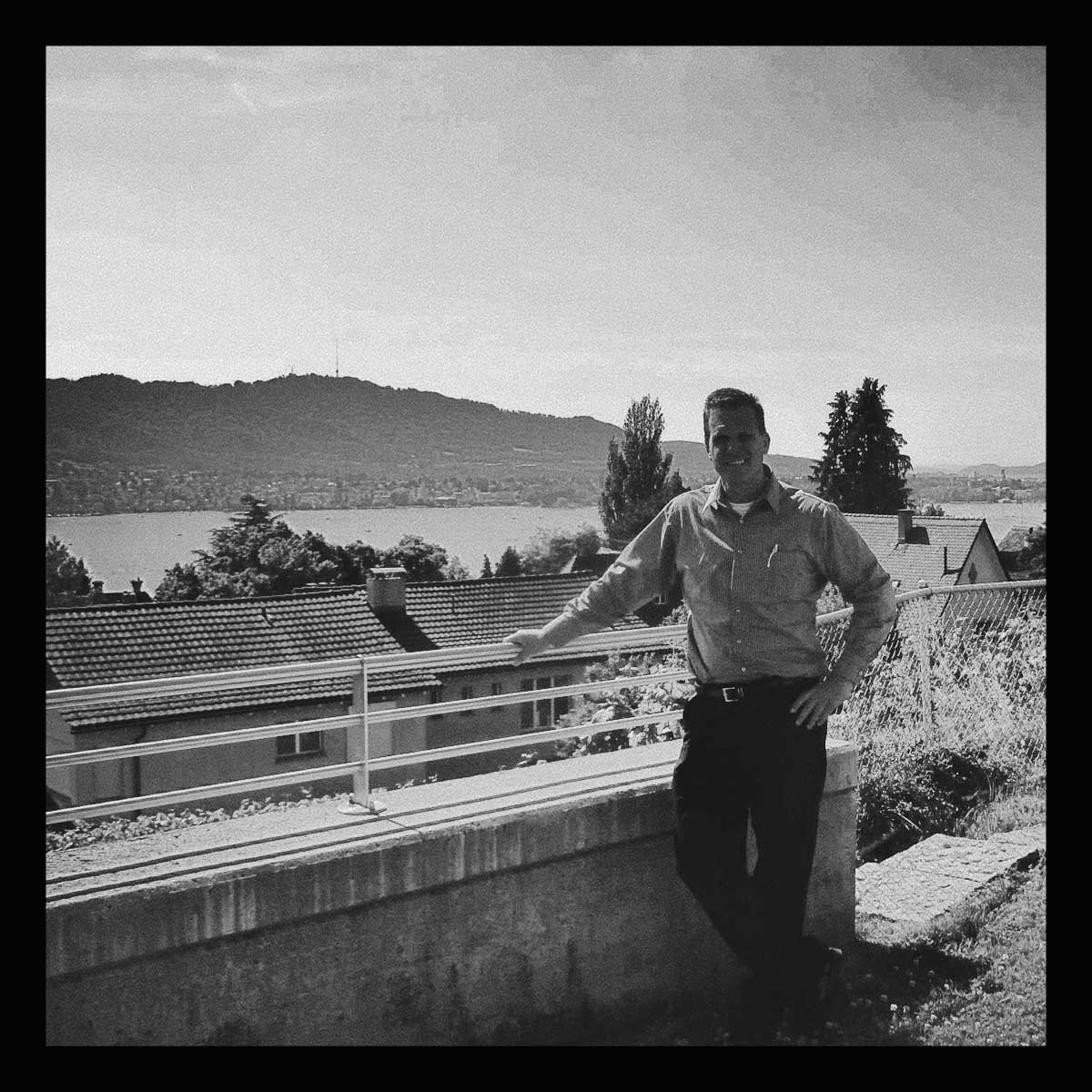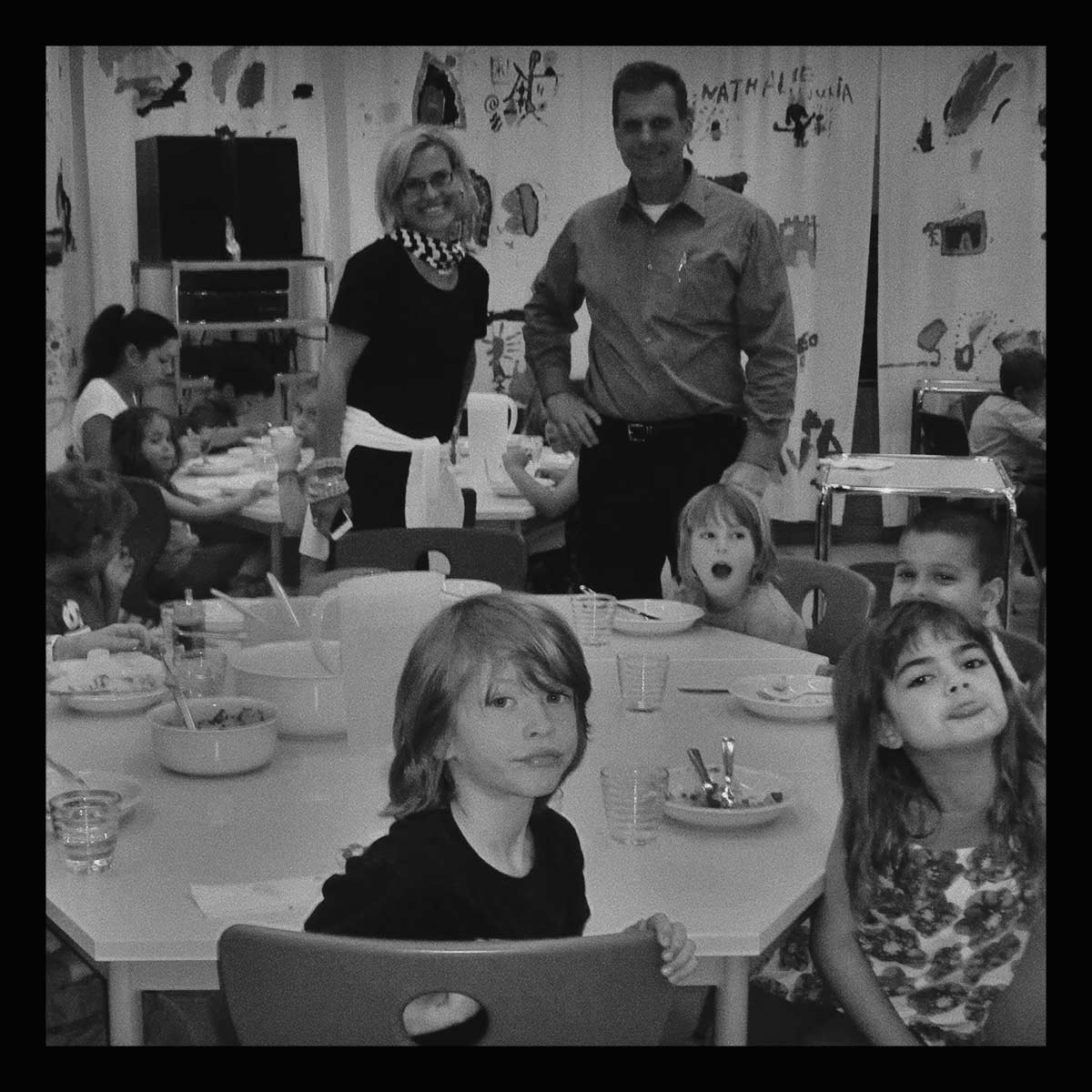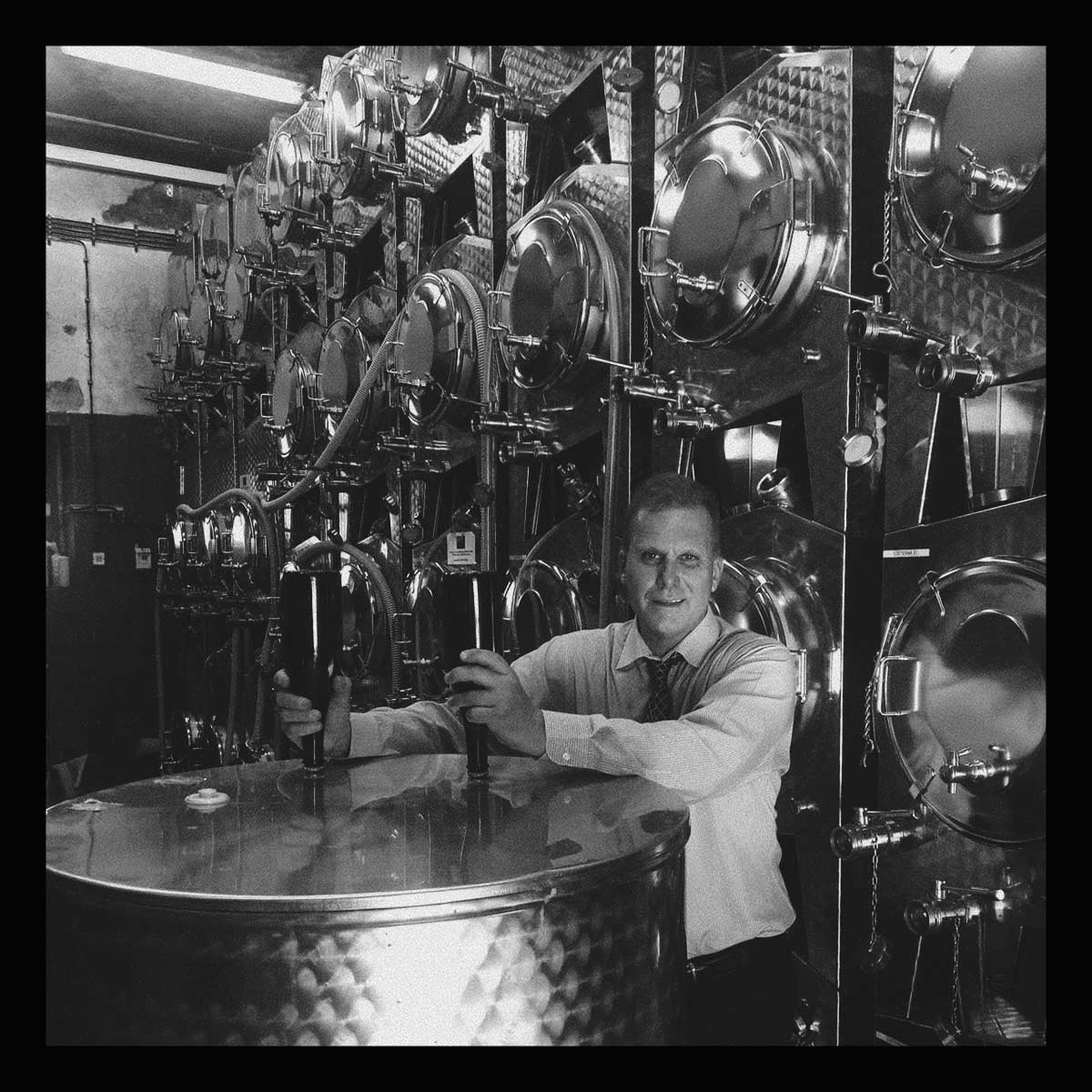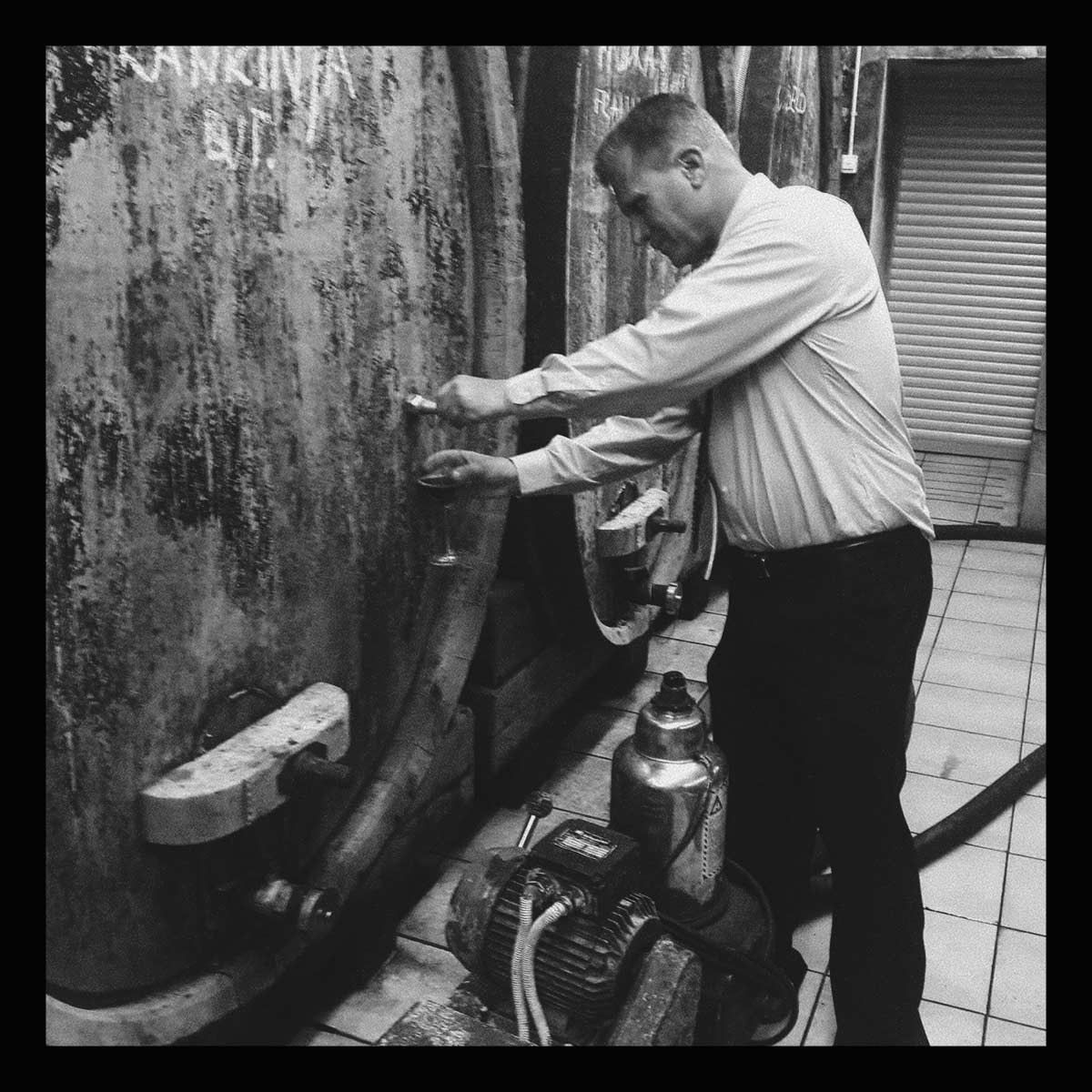One of the most marked features of postsecondary education in Switzerland is the contrast between two highly specific tracks. The larger of these is the system of apprenticeship known as the dual system. Students go to a vocational school for approximately two days a week, with the rest of the time spent in on-the-job training. This cycle of upper secondary education is usually started at the age or 16 or 17. Approximately 70 percent of students opt for the apprenticeship system and over 90 percent of them are awarded a certificate of proficiency.
The federal law on vocational training applies to 260 professions in industry, trades, and commerce. A separate law covers the fields of agriculture and forestry. Apprenticeships tend to last for three or four years, depending on the field. The less academically oriented students may go into elementary vocational training, which lasts only one or two years. Only one percent of the apprentices choose this option. At the end of elementary vocational education successful students are awarded an official certificate instead of the federal diploma (CFC).
The gymnasium provides an academic general education for those students who plan to attend university. It is an elite and selective publicly funded school. The number of those taking the matura or maturité exam has increased in recent years. Between 1986 and 1998 the percentage awarded this certificate almost doubled to 19 percent.
A third track is also emerging in Switzerland between the gymnasium and apprenticeship dual education system. A series of full-time vocational training programs provide education for social workers, primary school teachers, and for a large number of middle-ranking business and technical careers. Usually these schools provide an intermediate diploma rather than the maturité certificate. They comprised about 11 percent of the 1998 graduates.
The tertiary level of education is comprised of university, teacher training schools for post primary students, and higher vocational schools and apprenticeship programs. There are 11 traditional university level institutions in Switzerland. Four cantonal universities (in Basle, Zurich, Berne, and St. Gallen), the Swiss Institute for Further Training in Upper Secondary Education in Lucerne, and the Federal Institute of Technology in Zurich are in the German-speaking part of Switzerland. German Switzerland encompasses three-quarters of the population and 20 cantons. The other cantonal universities (Lausanne, Geneva, Neuchâtel, and Fribourg, the latter offering courses in French and German) and the Federal Institute of Technology in Lausanne are located in the French-speaking part of Switzerland, which encompasses around 19 percent of the population. Ticino, the only Italian-speaking canton that comprises eight percent of the Swiss population, also has its own university. It is the newest of the Swiss universities only coming into existence in the mid-1990s. The distribution of universities illustrates the ability of the Swiss to accommodate and over-represent the minority language groups at the university level.
In addition to universities, there are also local specialized institutions of higher learning that do not require the federal matura certificate for entrance. These applied institutions include the areas of engineering, administration and commerce, the hotel trade and tourism, health care, counseling and applied psychology, social work, media, communications and information technology, and arts and design. In order to enter these schools one must have a Berufsmatura, which is earned with a year of intensive study after the apprenticeship or appropriate upper secondary school.
The Fachhochschulen, or nonuniversity institutes of higher learning, stress a high level of applied skills. They are a relatively new part of the higher education system in Switzerland. Fachhochschulen are meant to fill the gap in the new postindustrial society for highly skilled individuals without a university education. Most of the institutions are cantonal or regional in nature. Fachhochschulen are distributed throughout Swiss society. By the beginning of the twenty-first century there were 20 in French-speaking Switzerland, and five in the Ticino. In German-speaking Switzerland, where they predominate, five were located in central Switzerland, nine in eastern Switzerland, and five in northwest Switzerland. More than 20 were located in the two most populous German-speaking cantons of Zurich and Bern. Nonuniversity higher education is a very important part of the Swiss education system. For example, the cantonal institutes of technology produce three times more engineers than the two Federal Institutes of Technology.
Source: https://education.stateuniversity.com/pages/1472/Switzerland-EDUCATIONAL-SYSTEM-OVERVIEW.html






